-
Tracking cycle
-
Getting pregnant
-
Pregnancy
-
Help Center
-
Flo for Partners
-
Anonymous Mode
-
Flo app reviews
-
Flo Premium New
-
Secret Chats New
-
Symptom Checker New
-
Your cycle
-
Health 360°
-
Getting pregnant
-
Pregnancy
-
Being a mom
-
LGBTQ+
-
Quizzes
-
Ovulation calculator
-
hCG calculator
-
Pregnancy test calculator
-
Menstrual cycle calculator
-
Period calculator
-
Implantation calculator
-
Pregnancy weeks to months calculator
-
Pregnancy due date calculator
-
IVF and FET due date calculator
-
Due date calculator by ultrasound
-
Medical Affairs
-
Science & Research
-
Pass It On Project New
-
Privacy Portal
-
Press Center
-
Flo Accuracy
-
Careers
-
Contact Us
How to Get a Breastfed Baby to Take a Bottle: What to Know


Every piece of content at Flo Health adheres to the highest editorial standards for language, style, and medical accuracy. To learn what we do to deliver the best health and lifestyle insights to you, check out our content review principles.
When to introduce a bottle to a breastfed baby
All babies are different, eat differently, and reach different milestones at different times. So, it'll probably come as no surprise that there isn't a set rule for when to introduce bottles to a breastfed baby. There are many factors that you'll need to consider when making this decision.
Some parents introduce bottles to their breastfed babies because they need to return to work. Others might need to give their babies formula because they're taking medications that are contraindicated while breastfeeding. Many moms like to store breast milk and bottle feed it to their babies later, and others need to supplement with formula while they increase their milk supply.
In any case, every parent has a different story, and some might need to introduce a bottle earlier than others. Physicians recommend exclusive breastfeeding until your baby is six months old, but they also advise that the most important thing is for your baby to be well fed. Sometimes, this requires bottle feeding.
If you need to bottle feed your baby from an early age, most doctors recommend that you wait until your baby is at least three weeks old. This will allow them to learn how to breastfeed properly before switching to a bottle. Bottle feeding involves different tongue and mouth movements than those required for breastfeeding. So, if you're planning to go back to work, try starting to bottle feed your baby at least two weeks beforehand. That way, your baby will have enough time to get used to the bottle.
Introducing a bottle to a breastfed baby: 5 helpful tips
Keep these tips in mind when you introduce a bottle to your breastfed baby.
1. Give your baby a bottle after breastfeeding.
For one breastfeeding session a day, offer your baby a small amount of formula or breast milk in a bottle after they're done breastfeeding. This can help your baby get used to the bottle progressively. It's better to offer your baby a bottle when they're not so hungry and feel relaxed, rather than when they're very hungry and only want to breastfeed.
2. If you're giving your baby formula, make sure it's the right one for them.
There are many types of infant formula available. It's very important that you choose the right formula for your baby. Keep in mind that there are different formulas available for different age groups, premature babies, and babies with food allergies. Ensuring that you're giving your baby the right formula will keep them well fed and healthy.
3. Let somebody else bottle feed the baby.
Babies are naturally talented at recognizing people by their smell. If your baby can smell you, they'll expect to be breastfed rather than bottle fed. This can make them reluctant to take a bottle. Instead, have another loved one bottle feed the baby and keep some distance while they eat. In addition to making feeding easier, this can strengthen the baby's bond with the person who is feeding them.
4. Run the bottle nipple under warm water before offering your baby a bottle.
Run the teat of the bottle under some warm (not hot!) water right before you offer it to your baby. The warm feeling can somewhat mimic the way your skin feels and make the bottle more attractive and comfortable for your baby.
5. Start out with a slow-flow nipple.
Milk flows differently from a bottle than it does from your breast. If you use a nipple with a fast flow, your baby could have trouble swallowing the milk quickly enough, which could lead to gagging and coughing. When you're bottle feeding a breastfed baby, start by offering them a bottle with a slow-flow teat. Finding a teat that resembles a nipple can also make feeding easier for them. You'll also need to get into a good position to feed your baby.
How to transition from breast milk to formula

Although breastfeeding has many benefits for your baby, there are many reasons why you might need to give your baby formula. Whenever possible, you should try to transition from breast milk to formula progressively rather than all at once. This will give your body time to decrease its milk supply, and it will also give your baby time to adjust to the bottle.
First, talk to your doctor to get advice on the type of formula your baby needs and how many ounces they should drink. You'll also need to learn how to properly prepare a bottle of formula.
Don't force your baby to finish the entire bottle. Stop feeding them once they exhibit signs that they're full, such as letting go of the bottle on their own. Talk to the doctor if you believe that your baby isn't drinking enough milk throughout the day.
Introducing a bottle to a breastfed baby: troubleshooting
Bottle feeding tends to decrease your milk supply. This is okay if you won't be breastfeeding anymore, but not if you're planning to continue. To keep your milk supply from becoming too low, you'll need to manually express or pump breast milk 8 to 10 times each day.
Babies who drink formula exclusively are more likely to suffer from gas and constipation. Make sure your baby is well hydrated and burp them after each feeding to avoid these issues. In some cases, you might need to switch to a different formula until you find one that fits your baby's needs.
Introducing formula to a breastfed baby comes with some challenges, but these tips can help make the transition easier on you and your baby. Make sure you're giving your baby the right formula and some time to adjust. Your baby will be able to transition from breast to bottle feeding in no time!
Take a quiz
Find out what you can do with our Health Assistant

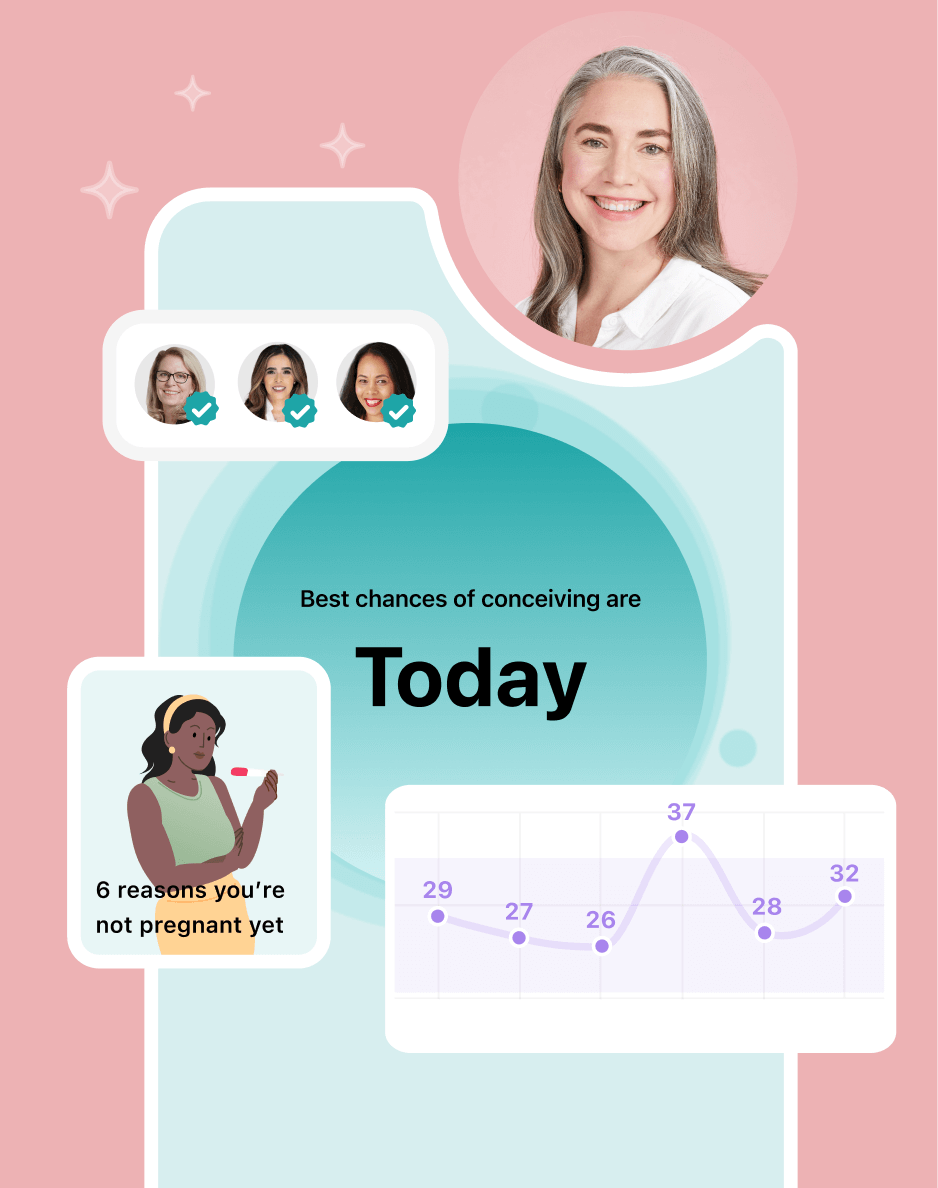
Hey, I'm Anique
I started using Flo app to track my period and ovulation because we wanted to have a baby.
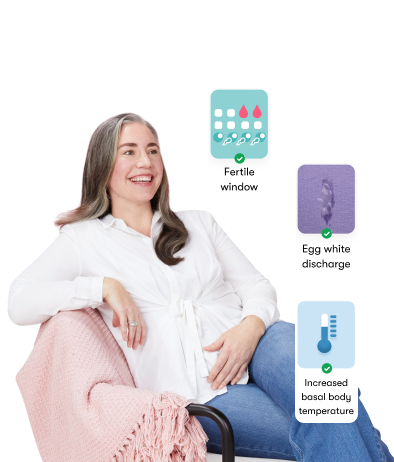
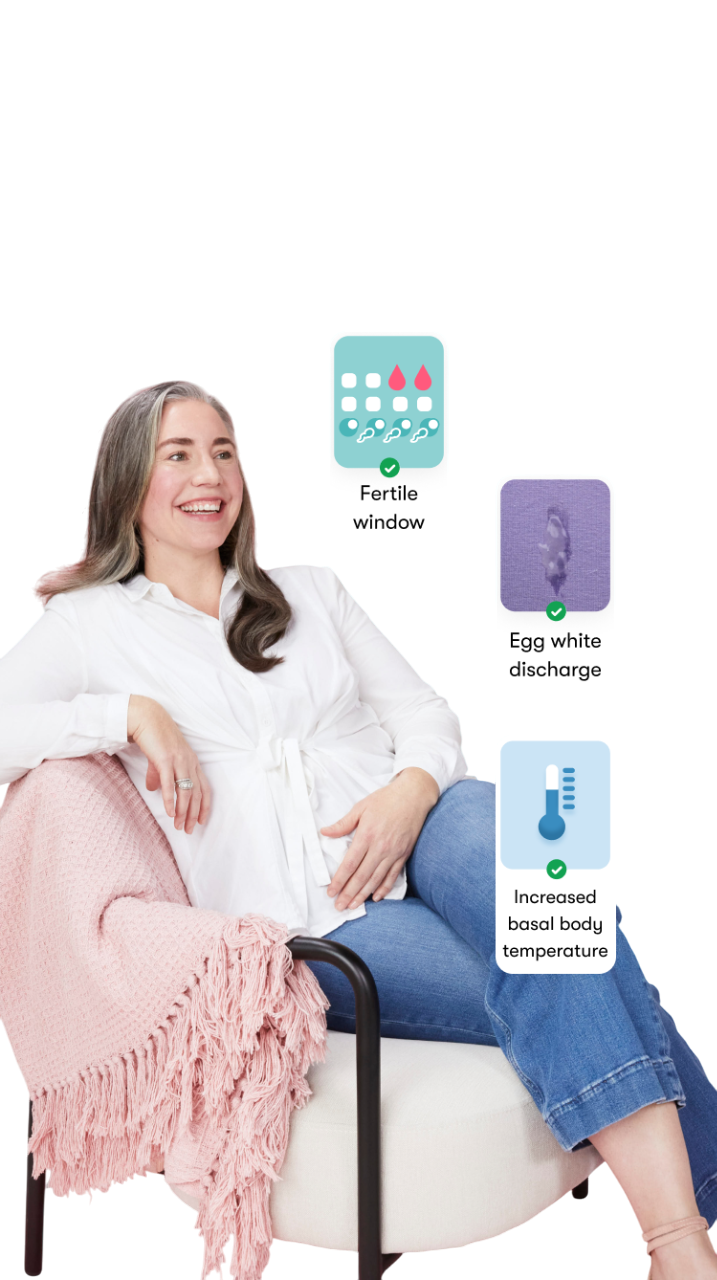
The Flo app helped me learn about my body and spot ovulation signs during our conception journey.
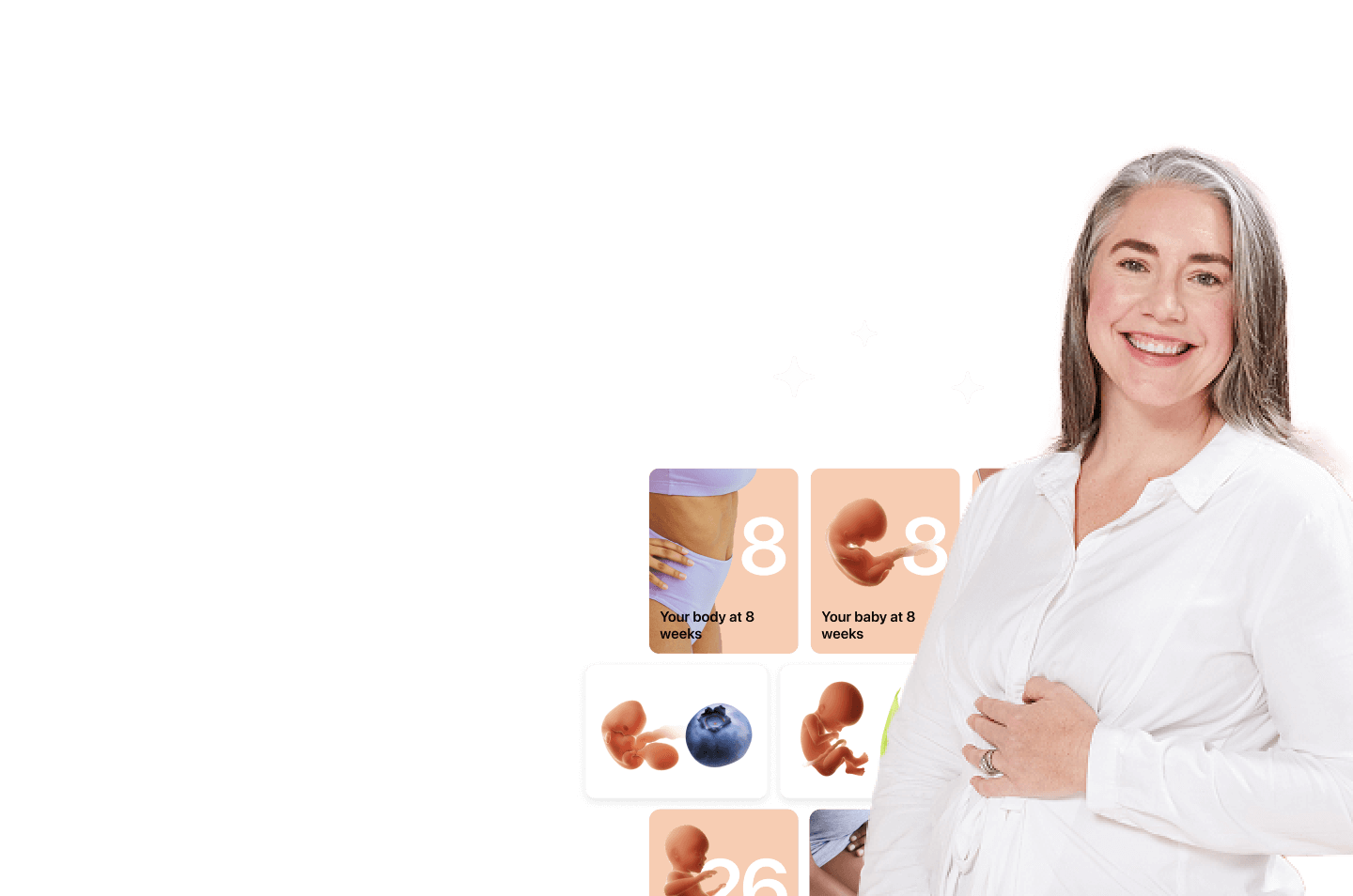
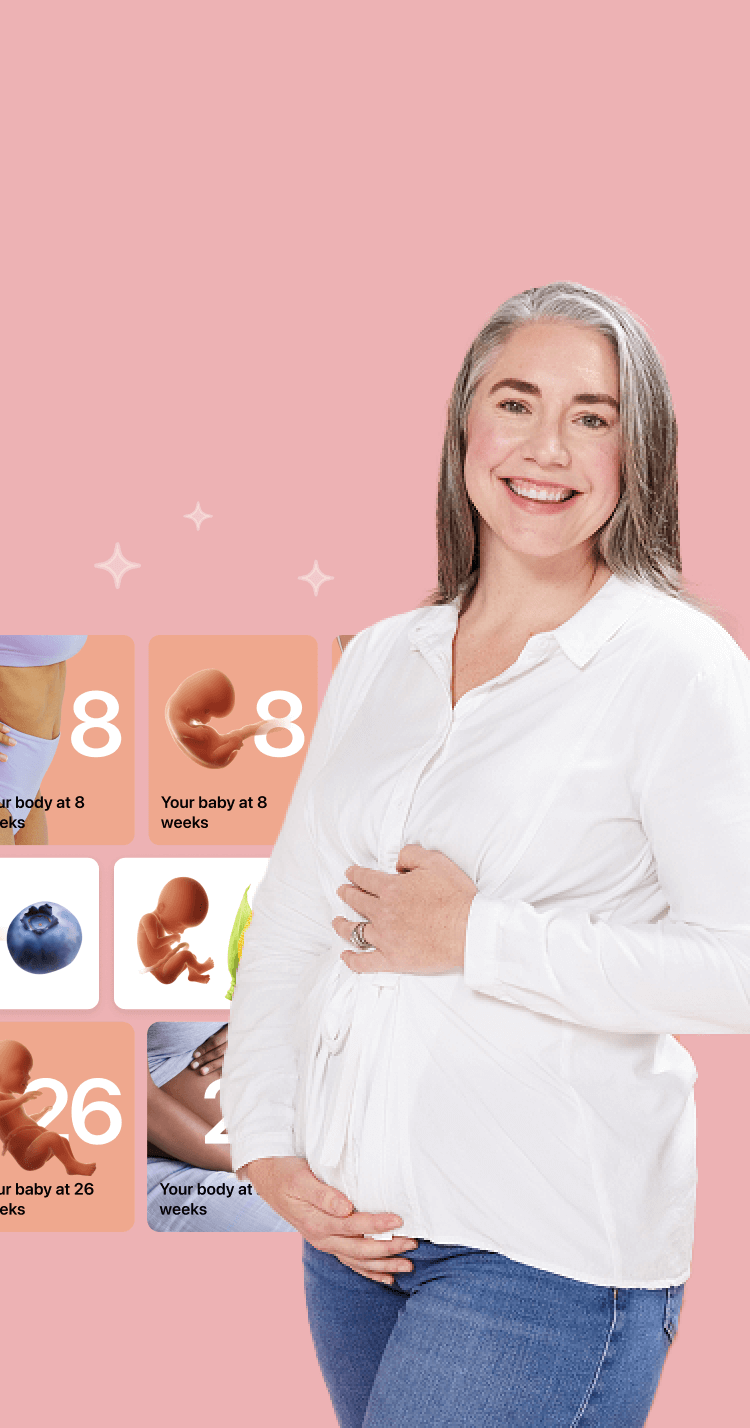
I vividly
remember the day
that we switched
Flo into
Pregnancy Mode — it was
such a special
moment.
Real stories, real results
Learn how the Flo app became an amazing cheerleader for us on our conception journey.




